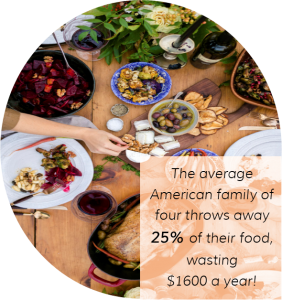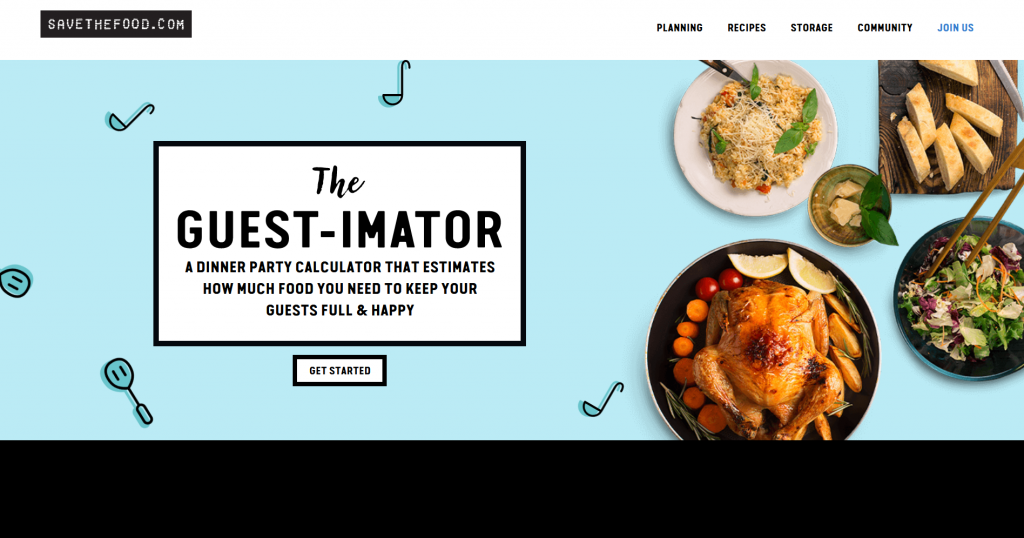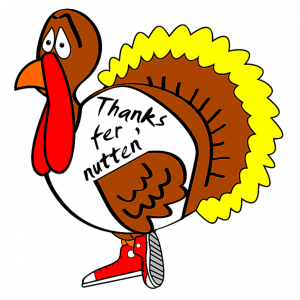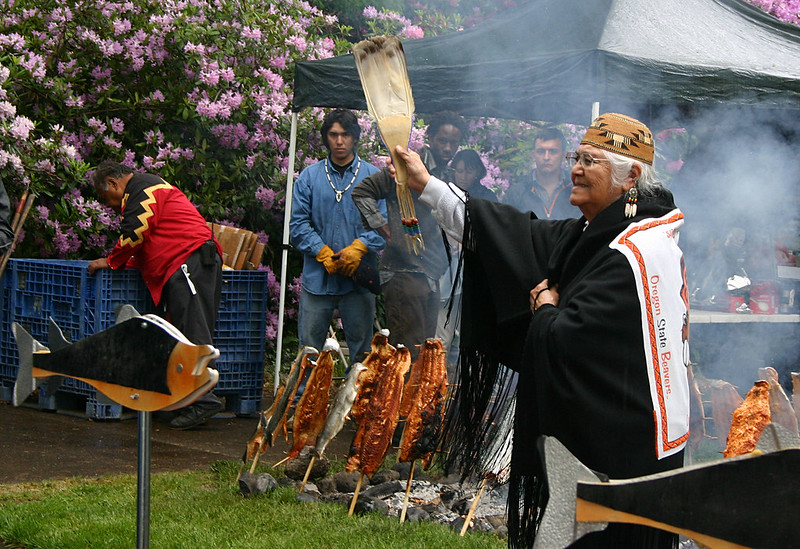Greetings, Conscientious Food Consumers!
With Pandemic Thanksgiving 2020 just days away, we here at No Food Left Behind have already started counting our blessings:
- We’ve settled into a homier lifestyle and avoided the virus (so far).
- We’ve enjoyed launching and developing our “Kitchen Confessions” blog for you during the past eight months. (Tell us in the comments what you like/don’t like!)
- We are part of such a wonderful, vibrant and sustainable community!
- We’ve gotten better about practicing what we preach about wasting less food — and saving money, too.
In last week’s blog, we engaged in some reality-checking (“Talking turkey…”) about the challenges of preparing for and celebrating Thanksgiving this year. It’s likely many of us will be sharing our tables with fewer relatives and guests, and making some Thanksgiving toasts over Zoom! But at least there will be fewer dishes to wash… and, ideally, less waste.

After all — wasting less and counting our blessings really go together, don’t they?
By now, many of us are well into our lists and logistics for the Special Feast. But before you begin that final sprint to the oven, check out these tips:
- Be sure to “shop” your pantry, fridge and freezer first!
- Check/clear space on your Eat First shelf in the fridge/freezer. Use ’em up asap or see if they are suitable for use next week in your holiday menu.
- For each part of the meal (appetizers, main course, sides, desserts), brainstorm some ideas for creative after-Thanksgiving dishes. (How about leftover-stuffing soup dumplings? More below.)
- Consider using smaller plates and serving dishes for this year’s feast. Your guests can still fill their plates, but probably won’t notice the smaller portions. And there’s a better chance the kids will clean their plates, too!
Serving proportional portions also ensures that less food ends up as plate scrapings, and leaves more edible food for subsequent meals.
Taking the Guesswork Out of Serving Your Guests (or Family)
Need help determining the right amount of food for the number of diners, dietary preferences and variable appetites at your table? There are probably dozens of apps out there that can help, but my newest fave is the cleverly-named “Guestimator” at Savethefood.com.
 The Guestimator walks you through a simple series of questions to determine precise quantities of what you’ll need for a successful no-waste dinner party. It helps you build menus for each part of your meal with up to nine ingredients of your choice, with calculations for Leftovers included. Your results can even be printed out for easy reference.
The Guestimator walks you through a simple series of questions to determine precise quantities of what you’ll need for a successful no-waste dinner party. It helps you build menus for each part of your meal with up to nine ingredients of your choice, with calculations for Leftovers included. Your results can even be printed out for easy reference.
The Menu (portion planner) even includes helpful no-wasting kitchen hacks, free of charge!
Counting on Leftovers
Everyone knows Thanksgiving leftovers are as much of a tradition as the feast itself, so it makes a lot of sense to build those into your portion planning. Once again — how do you make sure they will not end up in the compost bin?
Hooray for Guestimator! It generates the numbers for the amounts you need, based on the number of leftover meals you’d like and your previous specifications. Leftover tips and hacks too, free of charge!
Leftover Mashers? Slap ’em on bread instead of cheese or mayo in a sandwich, or try making donuts with ’em! Throw your leftover turkey, stuffing, green beans, gravy — the works — all together in this recipe for turkey bone and stuffing-dumpling soup!
How long does it stay fresh? As you’re loading up your fridge, freezer or pantry with Thanksgiving bounty, it’s the perfect time to review this interactive guide from Savethefood.com and the National Resources Defense Council. There’s solid info on optimal storage, freezing and no-waste tips for items in all the major food categories.
*****
We’re “talking turkey” in this week’s Kitchen Confession…
KAREN CONFESSES:

In 2018, I was gifted a nice frozen turkey that didn’t get cooked because I traveled out of town for Thanksgiving. It sat in my freezer during the following holidays, and it seemed like too much to cook for myself! Tragically, another year went by before I finally retrieved it and checked for freezer burn.
Sure enough, there were a few damage spots, but since the turkey had stayed frozen the whole time, I cooked it anyway. Despite seasonings and proper cooking in an oven bag (as I normally do), the result was a dry texture and slightly off-taste. We ended up using less than half the turkey and stock.
$$ WASTED: probably $12-15 (not my purchase)
LESSONS LEARNED: Don’t wait for a holiday or special occasion to cook a turkey! Next time, either re-gift the turkey or make a kitchen date with a friend or family member and share the bounty! Freeze drumsticks, drippings and other meal-sized portions and log in my Freezer Inventory.
I’m saving $$ and reducing my carbon footprint by going vegetarian this Thanksgiving!
*****

Honoring the Ampinefu Kalapuya People and Their Traditional Homelands
During this Native American Heritage Month and the 400th anniversary of the landing of the Mayflower Pilgrims, it’s important to acknowledge the First Nations of this country, and the ethnohistory of their ancestral lands.
This beaver carving is part of a unique collection of indigenous art at the Native American Longhouse “Eena Haws” (“Beaver House”) on the OSU campus, dedicated in 2013.
Excellent local resources include the Oregon Multicultural Archives for Native American People and Culture at Oregon State University’s Valley Library, and the Kalapuyan Tribal History provided by OSU Anthropology and Ethnic Studies faculty member, Dr. David Lewis.
Here in Benton County, we live upon the traditional homelands of the Ampinefu band of Kalapuya, who call this land Champinefu. Their territory encompasses the Marys River valley, present-day Wren, Philomath, and Corvallis. Following the Willamette Valley Treaty of 1855, they were forced to relocate to reservations in western Oregon, where their inheritors are now part of the Confederated Tribes of Grand Ronde or the Confederated Tribes of Siletz Indians.
A formal statement of “land acknowledgment” is used to open all public gatherings of the Corvallis Sustainability Coalition. The OSU student government also uses this Indigenous Land Recognition statement at its official events and activities, and encourages all student organizations to do so as well.
(Editor’s Note: “Kitchen Confessions” is taking next week off while we count our blessings and creatively manage our leftovers this Thanksgiving. Wishing you all a safe and satisfying holiday!)


